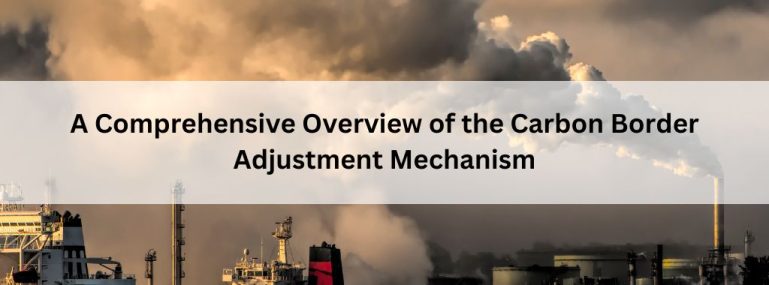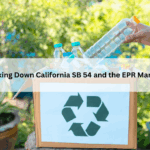The Carbon Border Adjustment Mechanism (CBAM) is an EU initiative designed to impose a fair price on carbon emissions generated during the production of carbon-intensive goods imported into the EU. Its objective is twofold: to prevent carbon leakage by aligning the carbon costs of imports with those of domestically produced goods and to encourage cleaner industrial production in non-EU countries.
Under CBAM, businesses must pay for the embedded carbon emissions associated with specific imported products, ensuring that foreign manufacturers adhere to similar environmental standards as their EU counterparts. This mechanism prevents unfair competition and discourages industries from lowering environmental regulations to gain a market advantage. By fostering cleaner production methods globally, CBAM enables businesses to invest in low-carbon technologies and sustainable practices while reinforcing the EU Emissions Trading System (ETS).
Currently, CBAM applies to high-carbon goods such as cement, iron and steel, aluminium, fertilisers, electricity, and hydrogen, which are particularly vulnerable to carbon leakage. However, its scope may expand to include additional products in the future. The mechanism significantly impacts export industries, urging them to align with global sustainability standards.
CBAM Reporting and Compliance
The CBAM Communication Template is a standardized reporting tool that helps economic operators accurately submit their data. CBAM plays a crucial role in reducing carbon leakage and encouraging investments in cleaner technologies. Certain exemptions apply, including goods with a total value below EUR 150 and imports from countries participating in the EU Emissions Trading System (ETS).
ComplianceXL offers expert consulting services to help companies navigate CBAM regulations. Our comprehensive compliance management platform ensures businesses stay updated with evolving requirements through due diligence, supplier engagement, and compliance documentation.
FAQs:
1.How does CBAM impact European manufacturers?
CBAM requires businesses to pay for the embedded carbon emissions in their imported goods, aligning their carbon costs with EU-produced alternatives. This prevents imported products from undermining EU environmental regulations.
2.Which goods fall under CBAM, and who is affected?
CBAM currently applies to cement, iron and steel, aluminium, fertilisers, electricity, and hydrogen. However, additional goods may be included in the future as the policy evolves.





